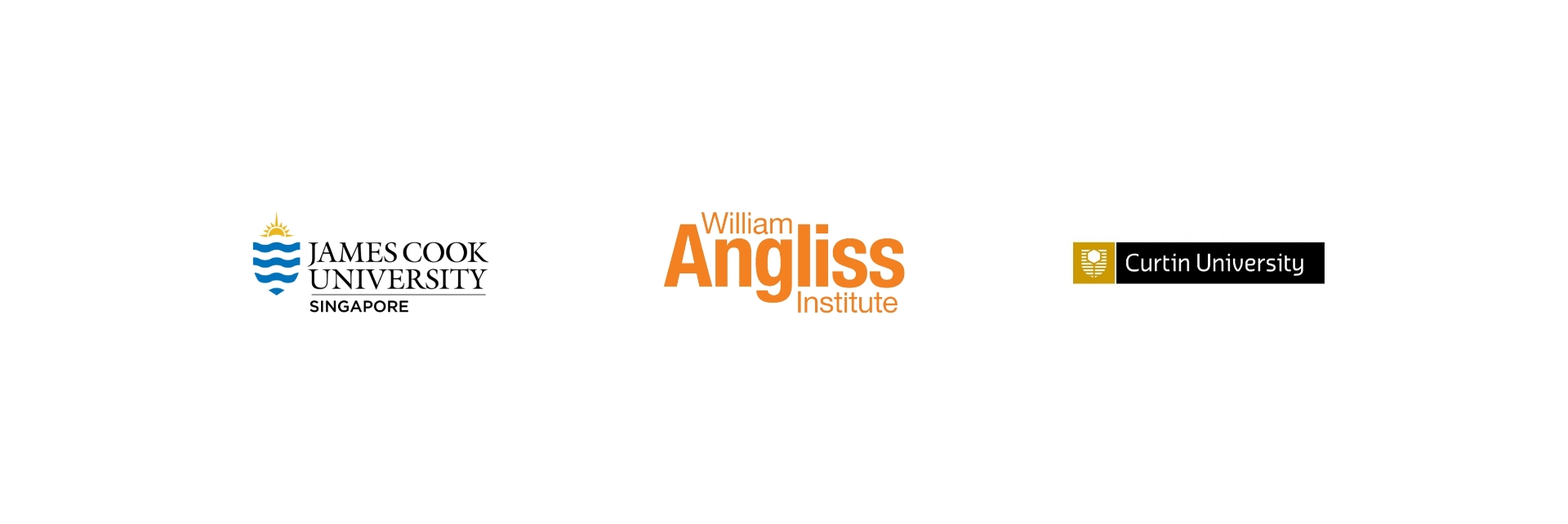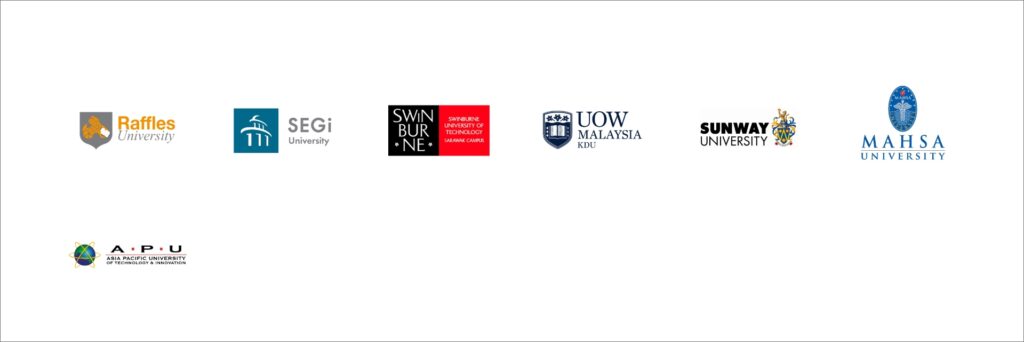Singapore
In Singapore, the system includes six years of primary school, followed by four to six years of secondary school, and one to three years of post-secondary school. The curriculum for primary schools is common for all students in years one to four. For years five and six, students can take individual courses at the foundation or standard level. Foundational-level courses are designed to provide more support for students. As they enter secondary school, students, their parents, and their teachers jointly agree on one of three bands or “streams” they will join: Express, Normal (Academic), and Normal (Technical). All streams offer the same course of study, but Express is accelerated and Normal (Technical) offers more applied work. In most cases, students’ scores on the Primary School Leaving Examination (PSLE) are the primary determinant of the stream they will join, but parents and students can advocate for different streams if they demonstrate accelerated learning or need more help. Singapore is piloting and implementing a system under which students choose streams for specific subjects, rather than their overall course of study, a practice known as subject-based banding. For example, a student could pursue a technical stream in mathematics, but an express stream in English. Subject-based banding currently exists in all primary schools, and the goal is to have full subject-based banding in all secondary schools by 2024.
In addition to these options, Singapore has four specialised schools for students who perform poorly on the PSLE. These schools offer foundational coursework in mathematics and literacy, alongside vocational offerings leading to skill certificates and extensive social support. There are also specialised independent schools that focus on the arts, sports, and mathematics and science. These schools receive public funding and use the MOE curriculum, but have more flexibility in their programme offerings.
Students who want to apply to university stay in secondary school for an additional two years to take A-level courses, as part of the integrated programme. Those who do not do that have multiple post-secondary options: Polytechnics, the Institute of Technical Education (ITE), junior colleges, a Polytechnic foundation programme, and a small set of arts institutions. Students choose their post-secondary school based on their secondary school stream as well as results from the General Certificate of Education (GCE) examinations, described in more detail below. Polytechnics offer three-year diploma programmes. Graduates may pursue a university education after they earn their Polytechnic diploma without taking A-level exams, if they so choose. ITE offers shorter technical or vocational education programmes, through National ITE Certificate (Nitec) aligned courses and work-based learning. Students graduate from ITE with a Nitec or higher Nitec qualification and can then continue their vocational studies at a polytechnic or university. They can also stay at ITE and earn a technical or work-study diploma, which also allows a pathway to select university programmes. Junior colleges offer two- or three-year pre-university education, preparing students for the required examinations to enroll in universities or for entry into Polytechnics.
International students are not permitted to work while studying in Singapore. Upon graduation, they will need to return to their domiciled country.
The average monthly cost of living for a single person in Singapore is approximately SGD3,000 to 4,000
Singapore is considered to be one of the safest countries in the world with extremely low crime rates.
Singapore is considered to have the best quality of life among most Asian countries.
International students are not allowed to live permanently in Singapore. Upon graduation, they will need to return to their domiciled country.
Our Partners and Principals


